11 : What now for Barbara and the Canadian Mothercraft Society?
Barbara had been very happily married to Irving for just a little over four years when he died.
His premature death was a huge loss for her and ahead lay a challenging reality to face alone. Clearly he
had left her very well off and in that situation someone other than Barbara might have 'sat back' and led
a privileged life style. But that was not Barbara's way.
Having established the Canadian Mothercraft Society with Irving, she remained completely focused on ensuring
that the movement succeeded in its aim of improving the health and well being of babies and infants through
the education and support of mothers.
However, Barbara faced a number of challenges and the first of these came just five months after Irving's
death. The Trustees of the Hospital for Sick Children decided on 30 May 1932 that the hospital would no
longer be associated with the Mothercraft Society.1 It seems very likely that Dr Alan Brown,
physician-in-chief of the hospital, influenced this decision. He would have been most unhappy to have
anything to do with the new Mothercraft movement, and the Nursery Maid system that he had set up continued
in operation until 1947.2
Barbara was determined to carry on and invited 275 interested persons to her home on 2 May 1932 for a
"promotional meeting". One of the attendees, Dr J M Robb gave a short speech in which he stated, "I have no
hesitation, as Minister of Health of this province, in endorsing this great work." 3
In addition to Dr Alan Brown, there were other medical professionals unhappy with the thought that they were
losing some control in the overall management of the health of babies and children. Nevertheless a number of
doctors got right behind the Mothercraft concept and supported Barbara and the Society in various ways.
The second challenge that the Mothercraft Society faced, especially in the early years, was a perpetual
shortage of funds. On a number of occasions and in various ways Barbara stepped in with personal donations.
Over time she established a number of endowments in the name of various family members, including the Irving
Robertson fund. These funds were frequently used as collateral for bank loans and were repaid when funds
became available. Some endowments were for specific purposes such as scholarships for deserving students.4
One such student, Miss Adamson was awarded a scholarship to travel to New Zealand to undertake courses in
Karitane and Plunket nursing.5
In 1953 Barbara established a scholarship valued at $400-$450 to be available for a Newmarket-Sutton district
girl to use in training to become a Mothercraft nurse. At that time, Barbara was living at Ainslie Hill Farm
in that district.6
Barbara established another endowment for the purpose of developing a pension plan for staff
members.
When HSC requested that Mothercraft vacate 84 Wellesley St in 1942, Barbara purchased a two-storey mansion
at 49 Clarendon Avenue and she personally paid the mortgage.7
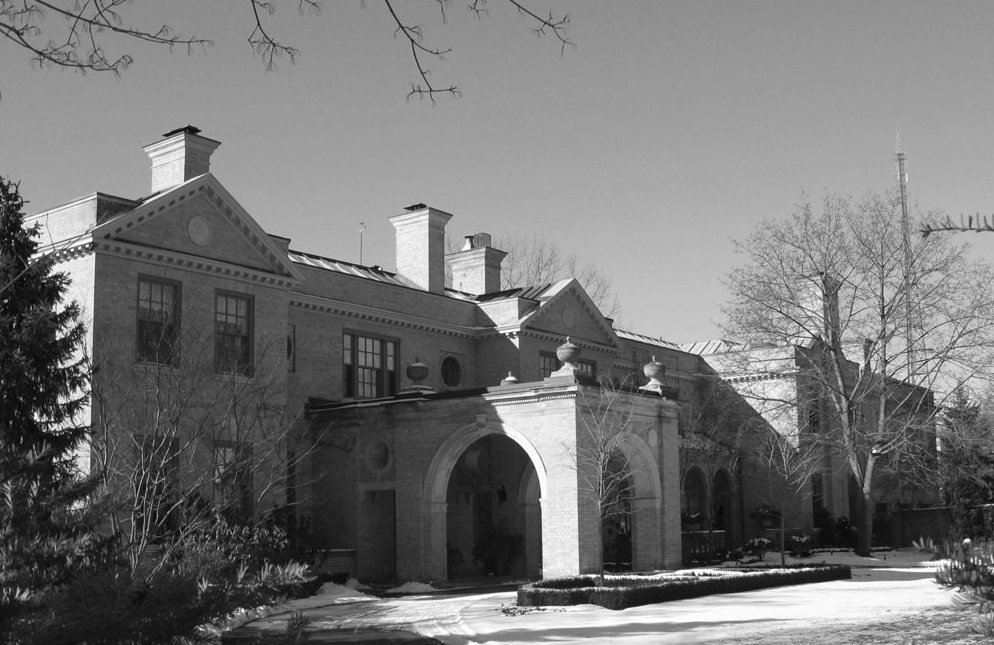
The Canadian Mothercraft Society had rented 112 College St from 1932. When they were asked to vacate this
address in 1944 it was Barbara, once again, who stepped in and purchased a house at 341 Bloor St West. This
house was officially opened by HRH Princess Alice as the CMS headquarters, and would remain so until 1961.
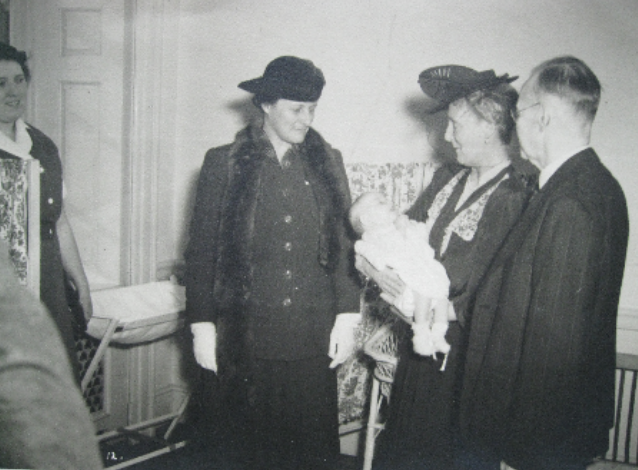 Princess Alice at the Mothercraft Centre, Barbara Robertson centre.
Princess Alice at the Mothercraft Centre, Barbara Robertson centre.
Barbara's generosity didn't stop there. In 1946 she purchased 217 Poplar Plains Rd as a residence for
Mothercraft students. It was known as Robertson House. When the headquarters of the Canadian Mothercraft
Society moved to 32 Heath St West in 1968, the name 'Robertson House' was reassigned to this location.
Barbara had been appointed President and Nurse Director of the Canadian Mothercraft Society and carried out
those roles with a hands-on technique. She was particularly keen to see that the Truby King methods were
implemented correctly and was unafraid to express the principles in a forthright manner. Some sources recall
her as a dominant personality8 whereas others remember her as a person of quiet authority who never
needed to raise her voice.9
One observer, Doreen Corps, recalls frequent altercations between Barbara and Eunice Dyke, a Toronto public
health nurse who was not a member of the Mothercraft organisation. Both had common interests, namely
well-baby nursing, natural childbirth and midwifery.
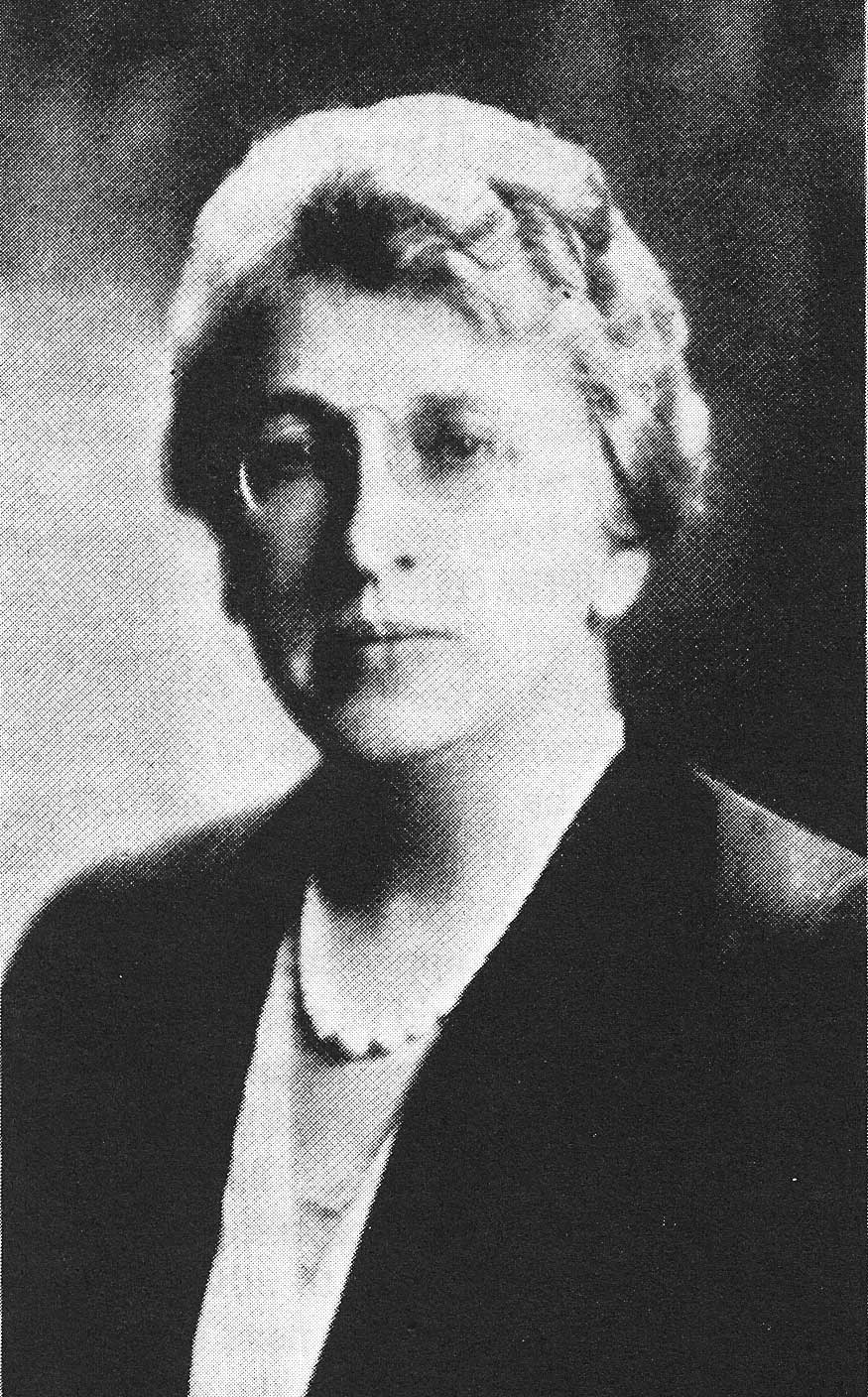
Eunice Dyke
"Despite common interests, however, the two strong-minded women argued incessantly.
Eunice Dyke had always thrived on argument, and there were differences in approach to the well being of
mothers and their babies that may have sparked dispute and led on to wrangling over personal matters.
... Doreen recalls that when a dispute became overheated, Kate Miles would move in to restore 'the peace'." 10
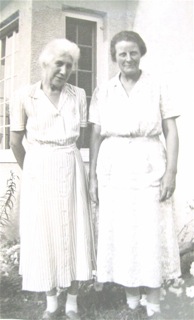
Kate Miles with Barbara
Kate Miles was born in New Brunswick and had worked as
a journalist. She joined the Mothercraft Society as 'Information Secretary' - ie. she managed public
relations for the organisation and wrote the Society newsletter. She and Barbara became very close friends.
One of the nurses who took the postgraduate programme at the Mothercraft School in Toronto, came there from
Jamaica. She expressed the wish that such training programmes should be available in Jamaica.11
In 1945 Barbara visited Jamaica, accompanied by Kate Miles. There they undertook the groundwork for the
establishment of a Jamaican training programme.
The Mothercraft movement, which had begun in Toronto gradually expanded into other towns and cities and it
was generally Barbara who presided at opening ceremonies. She maintained a dialogue with members of the
medical profession, being keen to reassure doctors that Mothercraft was not in competition with them but was
providing a complimentary service for mothers and children.
Another of Barbara's passions was that of natural childbirth and midwifery. A trained midwife herself, she
would have been very disappointed that nurse midwives were not recognised in Canada during her lifetime.
This didn't stop her taking every opportunity to push this ideal, and her public speeches on the subject led
to considerable resistance from many medical practitioners. Formal recognition of midwives did not come about
until 1991 with the introduction of legislation to remedy this and the first birthing centres opened in
Ontario in 1994.12
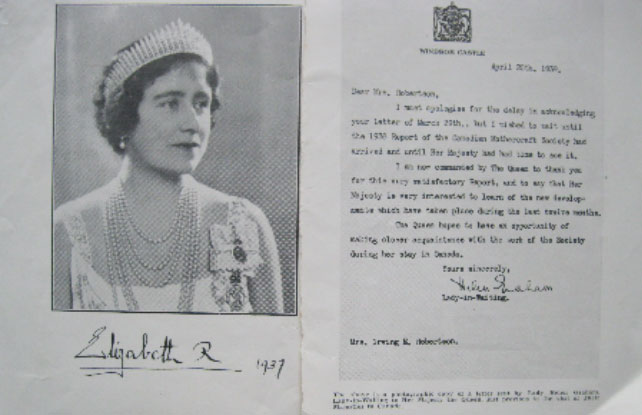 Queen Elizabeth was Patron of the Canadian Mothercraft
Society. This letter to Barbara was published in the 1937 Mothercraft Annual Report, and for readability is
reproduced below:
Queen Elizabeth was Patron of the Canadian Mothercraft
Society. This letter to Barbara was published in the 1937 Mothercraft Annual Report, and for readability is
reproduced below:
Windsor Castle April 20th, 1937
Dear Mrs Robertson,
I must apologise for the delay in acknowledging your letter of March 27th, but I wished to wait until the
1936 Report of the Canadian Mothercraft Society had arrived and until Her Majesty had had time to see it.
I am now commanded by The Queen to thank you for this very satisfactory Report, and to say that Her Majesty
is very interested to learn of the new developments which have taken place during the last twelve months.
The Queen hopes to have an opportunity of making closer acquaintance with the work of the Society during her
stay in Canada.
Yours sincerely, Helen Graham Lady-in-Waiting
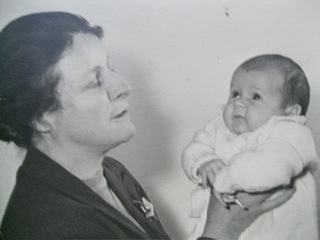
Barbara at the Mothercraft Hospital
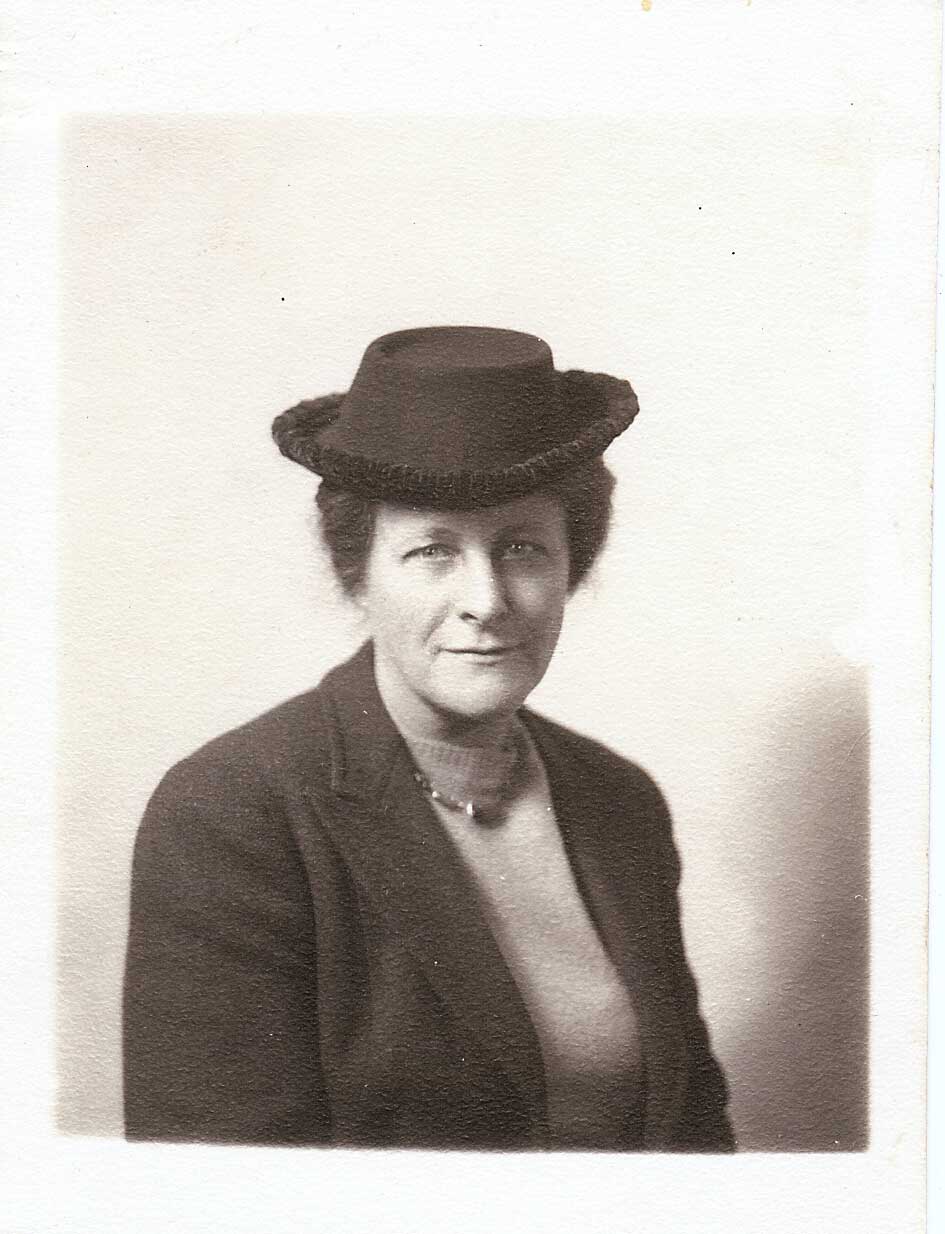
Barbara in 1945